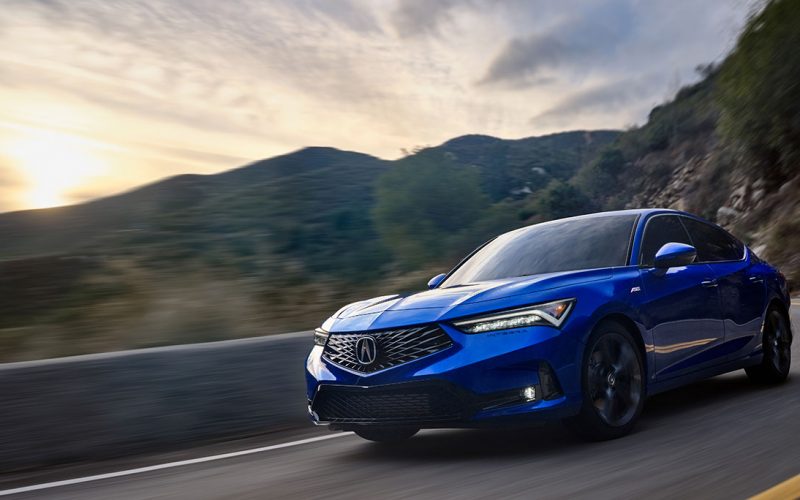
Reading Time: 8 minutesAcura is smartly bringing back one of its most revered nameplates for 2023, and simultaneously ditching
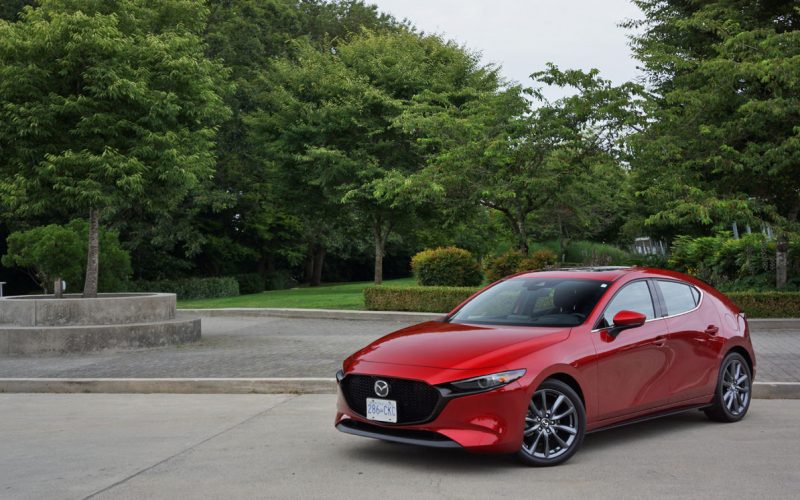
Reading Time: 13 minutesAfter first driving the all-new 2019 Mazda3, I would’ve immediately said it was by far the
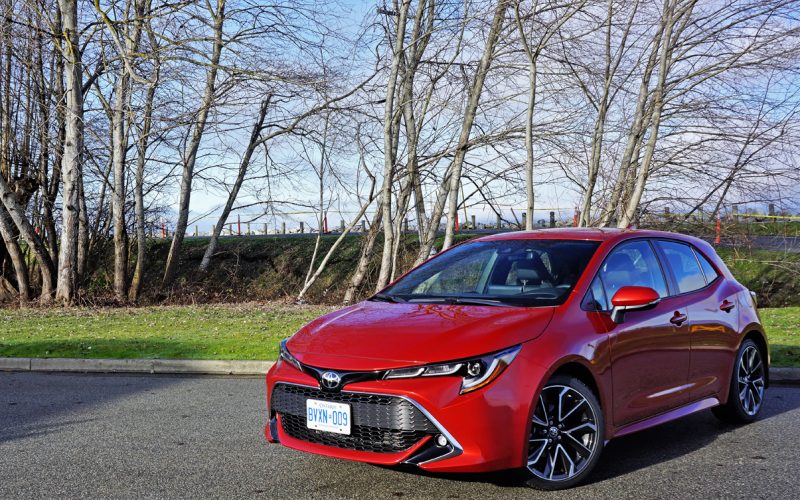
Reading Time: 12 minutesToyota may have said sayonara to its Scion line a few years ago, but the youth-oriented
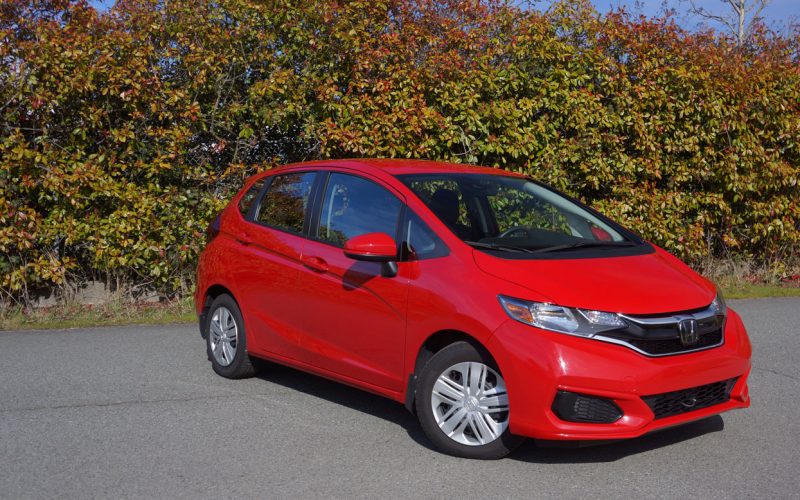
Reading Time: 8 minutesThe Fit is the least expensive way to put a Honda car in your garage, but
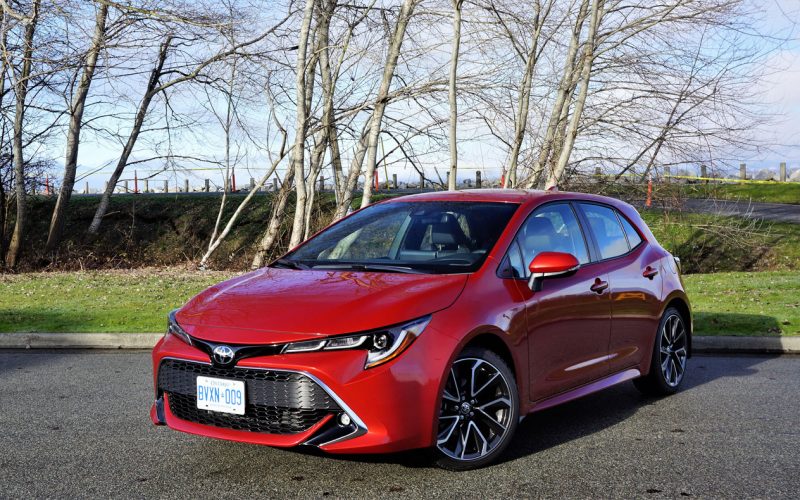
Reading Time: 6 minutesToyota will give its ever-popular Corolla compact sedan a fresh new face for 2020, but thanks
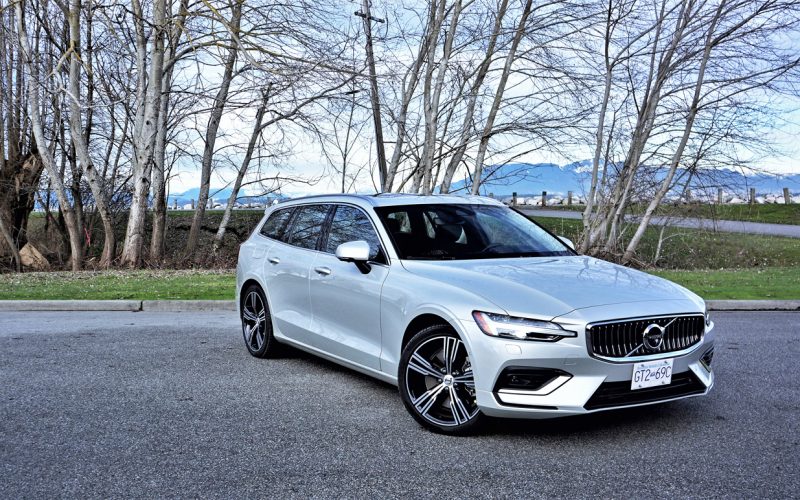
Reading Time: 10 minutesHey wagon lovers! Take a look in our garage this week. This is the entirely new-from-the-ground-up
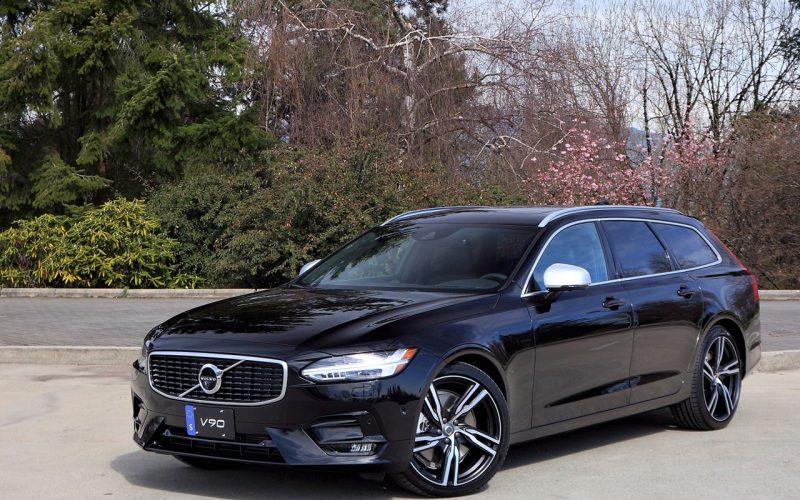
Reading Time: 9 minutesYou can count the number of luxury sport wagons available to Canadians on one hand. Raised
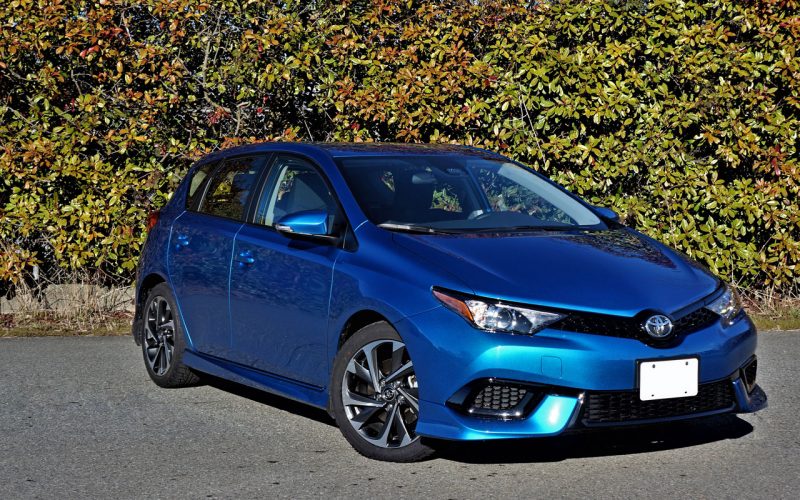
Reading Time: 10 minutesSad but true, one of the best compact Toyota models to come along since the Matrix
© 2025 The Car Magazine. All Rights Reserved, Privacy Policy | Terms of Use